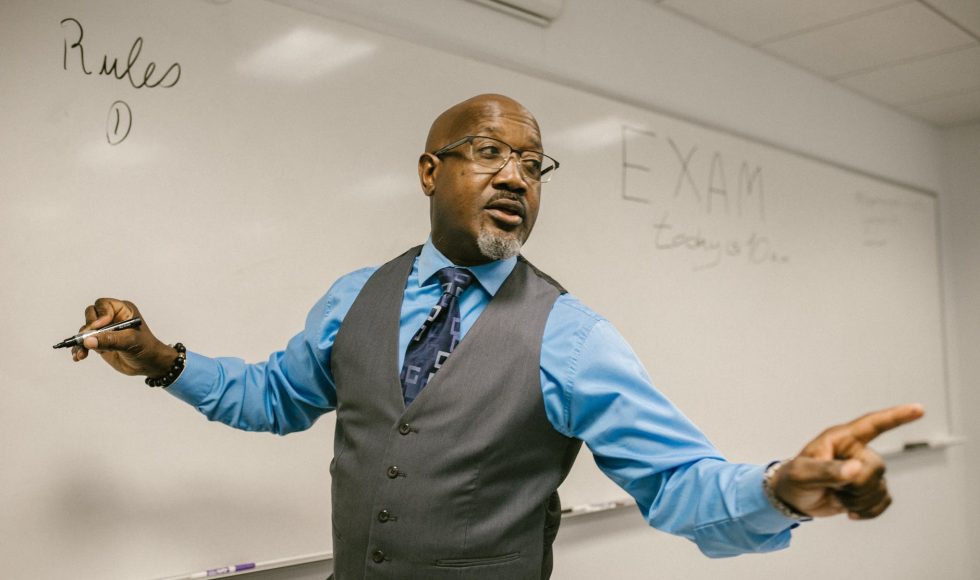I watched the Online with LSE: “Using Personas as a Tool for Learner-Centered Professional Development” webinar tonight. Dr. Paula Lemons from the University of Georgia described their study with nineteen faculty from long-term learning communities at six institutions. These communities focused on evidence-based assessment practices. Lemons started this study in early 2014! The volunteer participants were not typical: many approached teaching more traditionally, participants who taught similarly did not talk abut teaching similarly in interviews, participants persisted in professional development for a long time, and the initial data pointed to very little change and trajectory toward evidence-based practice. These characteristics of the participants in the study prompted the research group to ask: “what are the personas that exist in a professional development community of biology instructors” using the persona methodology. Lemons described personas as fictional characters that build a character from real data. The data sources were interviews that were broken down into “factoids” that were clustered into an organization used to build skeletons and characteristics within those clusters. From this, Lemons mentioned, you then develop personas. Therefore you start with clusters and then create personas. In this study, the personas were Emma the Expert, Ray The Relater, Carmen the Coach, and Beth the Burdened. Alliteration is intentional as the persona methodology suggests this, said Lemons! The researchers also used COPUS profiles to further elaborate the personas. Then, Dr. Robert Erdmann moderated the question and answer session. The first question was how did they decide to use personas in biology education research. Lemons mentioned that they wanted to characterize the variety in their sample and considered the case study approach, but with this approach they would have had to select specific members as examples and they didn’t want to pick someone out. The postdoctoral fellow on the project was really interested in the persona methodology and read into about it. The second question was about balancing the number of personas. Lemons mentioned that they wanted to have four to five personas to focus on. Lemons described how they came up with the clusters or groupings and returned to the qualitative data to test the clusters: which of these people are grouping together best? I love how Lemons explained how they have become more empathic to faculty and explained that there isn’t a “best persona” because depending on who you are, different personas may resonate. Lemons discussed how personas can be used as a tool for reflection. Interestingly, they used a random generator to assign gender and did not include demographic information for the persona creation. Lemons explained the difficulties of writing the results section with so much qualitative data and information about the personas. They also talked about how quotes were used. The COPUS data was not used to form the personas; Lemons mentioned that they all don’t have the same profiles. One interesting question asked was how would it look like if personas were “applied” to students. Lemons mentioned that these clusters came from character data and mentioned trying to not stereotype students. Lemons phrased the importance of faculty personas really nicely: “what do we need to know about faculty to maximize their professional development?” Lemons talked about the interesting and unexpected findings from the personas. For example, what they thought about when it came to active learning strategies. Lemons mentioned reading the book How colleges change by Adrianna Kezar, and I will look into it. Lemons said something that really resonated with me: not everyone is going to be an evidence-based (teaching) enthusiast… and still care about students. Lemons mentioned that instructors were all from R1 institutions with years of experience and that maybe there are more personas out there! Lemons said that a key takeaway is “value your colleagues” and “honor their expertise”… and I learn by watching my colleagues and how they teach.



